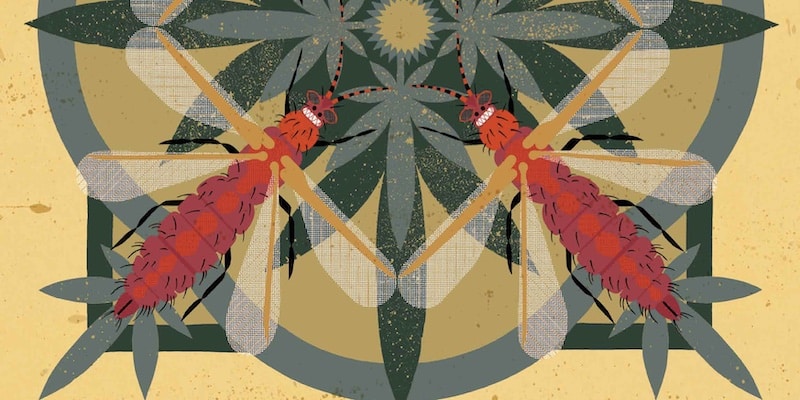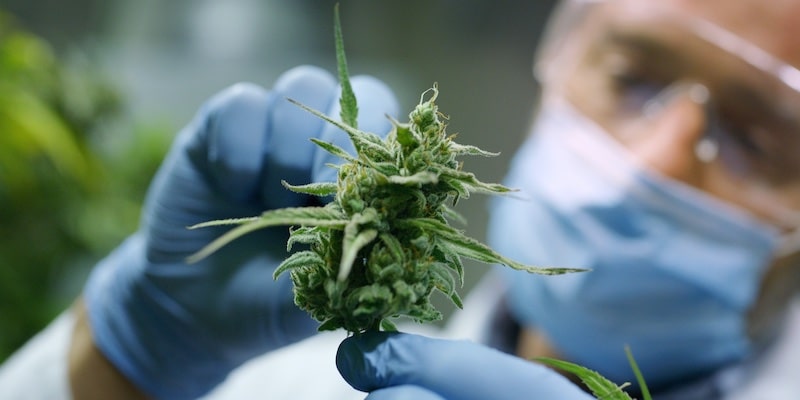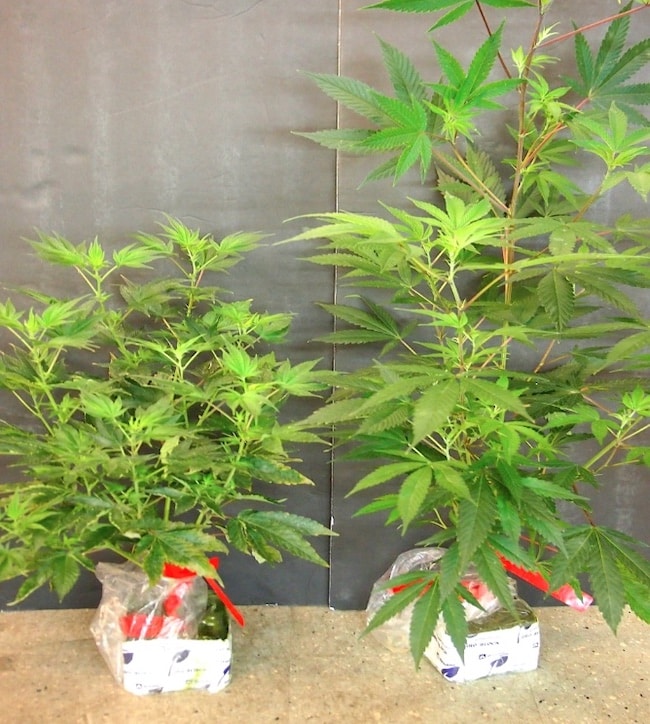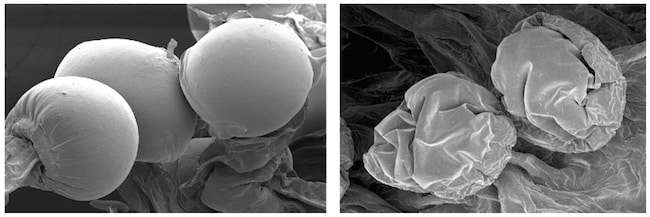
What are thrips and how to eliminate them from your cannabis grow?
Thrips are one of the most common threats in cannabis growing and can become a real headache if you let them settle in your grow. These little insects that feed on the sap of the…
Iberian Peninsula express shipping
0€ Orders over 60€
*6€ orders under 59€
East, West, South Europe express shipping
0€ Orders over 150€
*18€ orders under 149€
North Europe express shipping
0€ Orders over 160€
*20€ orders under 159€
Ireland, Norway, UK normal shipping
0€ Orders over 60€
*6€ orders under 59€
Rest of the world normal shipping
0€ Orders over 180€
*25€ orders under 179€
Shipping costs can be confirmed in your shopping cart.
For additional shipping methods, please reach out through info@kannabia.com.


*Website protected by SSL.
**Not available in all regions.
*Your coupon will be sent via email.
*Should you have any question, comment or feedback, please do not hesitate to contact us.

cannabis cultivation faces many challenges, one of which is the threat of diseases caused by pathogens such as the Hop Latent Viroid. This is a small molecular parasite that is highly infectious and is responsible for enormous economic damage, as it causes a reduction in the yielding capacity and quality of crops. Here we will delve into its complexities, modes of transmission, and the control strategies that can help to mitigate its harmful effects.
Hop latent viroid (HLVd or HpLVd) is a small infectious RNA molecule that affects hop plants (Humulus lupulus), a species that is first cousin to cannabis (both belong to the Cannabinaceae family) and which is mainly grown to produce beer. HLVd belongs to the Avsunviroidae family and is considered a viroid, i.e., a pathogen consisting of only an RNA molecule without a protein cover.
Viroids are miniature infectious agents that are composed solely of genetic material. Unlike viruses, whose genome is encapsulated in a protective layer, viroids are made up of bare RNA, so they are assumed to be unstable and cannot remain infectious outside the host for long. Just like DNA, RNA contains all the information necessary for a viroid to replicate within its host, so they depend entirely on it for propagation, which means that it has no known effect on human health.
HLVd was first identified in the 1970s and has since been found in hop-producing regions around the world. It is not known exactly when HLVd jumped over to cannabis plants, but the most plausible explanation is that it is the result of attempts to cross both plant species. However, given the prevalence of the hop latent viroid, it is likely that this pathogen has been spreading in cannabis for quite some time.
HLVd can infect plants without causing any noticeable symptoms (i.e., latent infections). But, under certain conditions, such as stress or co-infection with other pathogens, this viroid can be activated and cause the development of various diseases, leading to stunted growth, reduced yielding capacity, poor flower quality, leaf discoloration or loss, or rapid death of the plants.

In 2017, several producers in California reported stunted growth in multiple Cannabis sativa plantations. However, no other distinctive symptoms were observed to conclude what affected them, until later scientific analysis showed that they were infected with HLVd.
Currently, it is estimated that 73% of cannabis crops worldwide are affected by this viroid. Surprisingly, there are reports of up to 90% of crops testing positive for HLVd in places like California. This is a daunting statistic for an industry still in its formative years.
From a financial perspective, this prevalence rate translates into approximately $4 billion in annual losses, resulting from reduced yielding capacity and detection, control, and eradication costs. To further aggravate these losses, the impact of this viroid on the cannabis flowers can lead to a substantial 30-50% reduction in cannabinoid content, which can significantly decrease the commercial value of production.
The symptoms produced by HLVd vary widely, depending on the stage of development that the plant is at when infection occurs:

Transmission of HLVd in cannabis can occur through several channels. Once infection occurs, it can spread throughout the plant, affecting different tissues and organs:
HLVd moves systemically all over the plant through the phloem (i.e., the conductive tissue responsible for transporting nutrients) for a period of approximately 6 weeks: it enters the phloem at the point of infection, from where it travels to the roots and then throughout the plant. Experiments have shown that:
This means that, if you test a plant less than 6 weeks after infection, some tissues will be positive for HLVd, whereas others will be negative. That’s why it is important to examine several parts of the plant when looking for signs of infection.

It takes time, but the best method to control this viroid in a grow is through the process of testing and eliminating the infected plants. Meristem tissue culture can also be used to produce viroid-free clones, but this is a long and arduous process.
Therefore, as with most plant pathogens, prevention is key if you want to avoid this ‘silent killer’ altogether. This means that growers must adopt a multifaceted approach:
Hop latent viroid represents a major threat to the cannabis industry and causes substantial economic losses. A proactive approach to its prevention is essential to minimise its impact. Regular testing, proper disinfection protocols, and adherence to pathogen prevention programs can all help ensure the health and vitality of cannabis crops in the face of this global pandemic, which has already been dubbed ‘the COVID of marijuana’.
Kannabia Seeds Company sells to its customers a product collection, a souvenir. We cannot and we shall not give growing advice since our product is not intended for this purpose.
Kannabia accept no responsibility for any illegal use made by third parties of information published. The cultivation of cannabis for personal consumption is an activity subject to legal restrictions that vary from state to state. We recommend consultation of the legislation in force in your country of residence to avoid participation in any illegal activity.